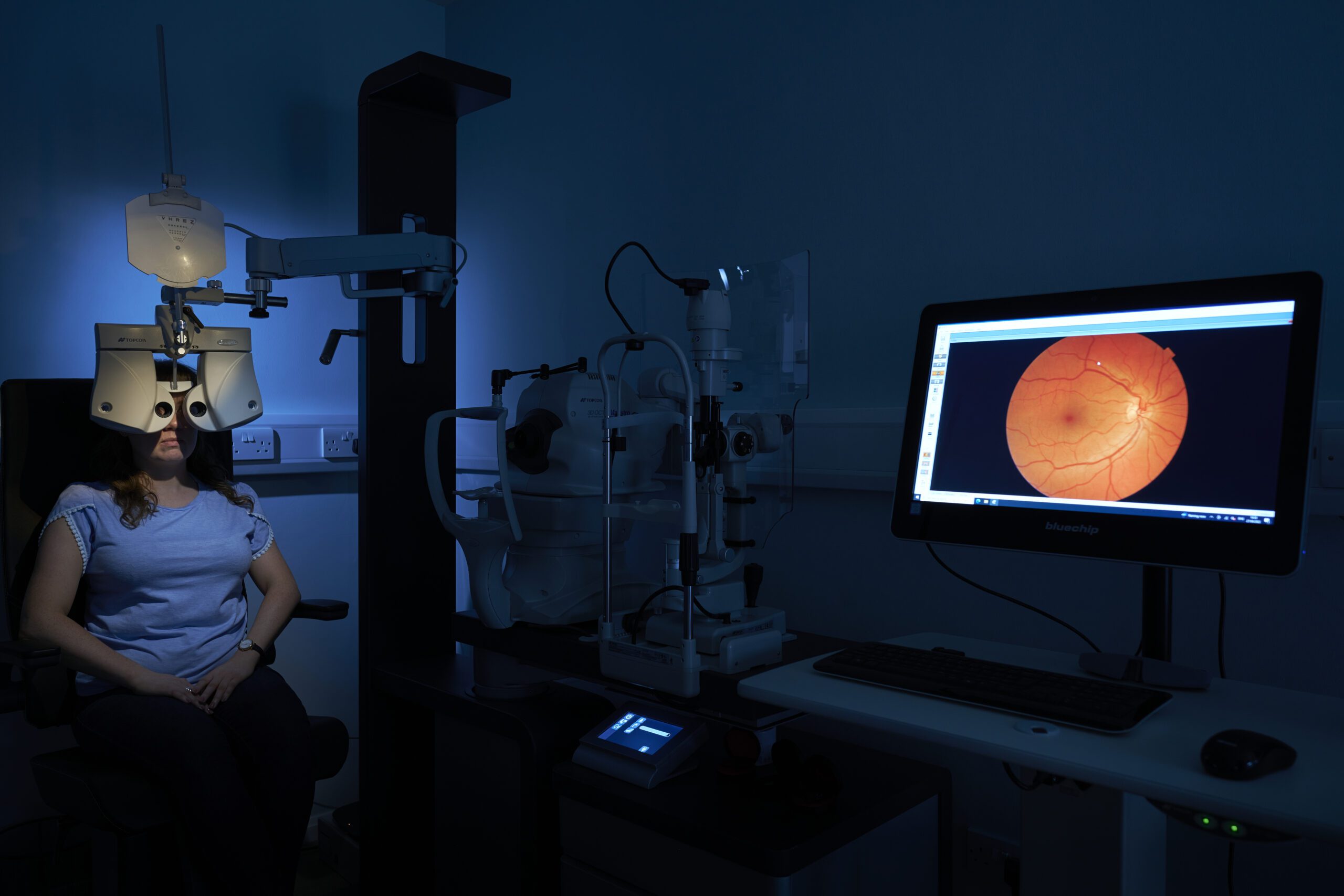There are lots of good reasons to soak up some sunshine rays this summer. It’s well documented that it helps our body clock, our mood, and our health. So it’s no surprise that a certain amount of UV exposure is very important in the production of natural vitamin D, but too much UV can be a serious health risk. Skincare companies, retailers and government bodies have done a fantastic job in educating us on UV skin protection but what about our eyes and the skin that surrounds them?
Where and when are we exposed to UV light?
It isn’t just direct sunlight that exposes us to UV radiation. Whether it’s a stroll outside on a cloudy day, lying in the shade on holiday or skiing in full sun, UV protection should always be at the forefront of our minds. The World Health Organisation advises that when the UV index rises above two, UV protection should be worn including sunglasses, hat and sunscreen. In many parts of the country, the UV index averages above two for eight months of the year between March and October.
How does UV light damage our eyes?
Exposure to high doses of UV light over short periods can cause a very painful condition called photokeratitis. This is an inflammation of the cornea on the front surface of the eye. Essentially it is ‘sunburn of the eyes’, but thankfully the effects of photokeratitis are short-term. However, we may not be aware of the long-term effects of UV radiation because they are painless and develop gradually over a lifetime’s exposure to UV radiation. On the outer areas of the eyes, possible complications include skin cancers of the eyelid and discoloured swellings on the whites of your eyes. Within your eyes, UV damage may increase your risk of sight threatening conditions such as cataracts and macular degeneration.










